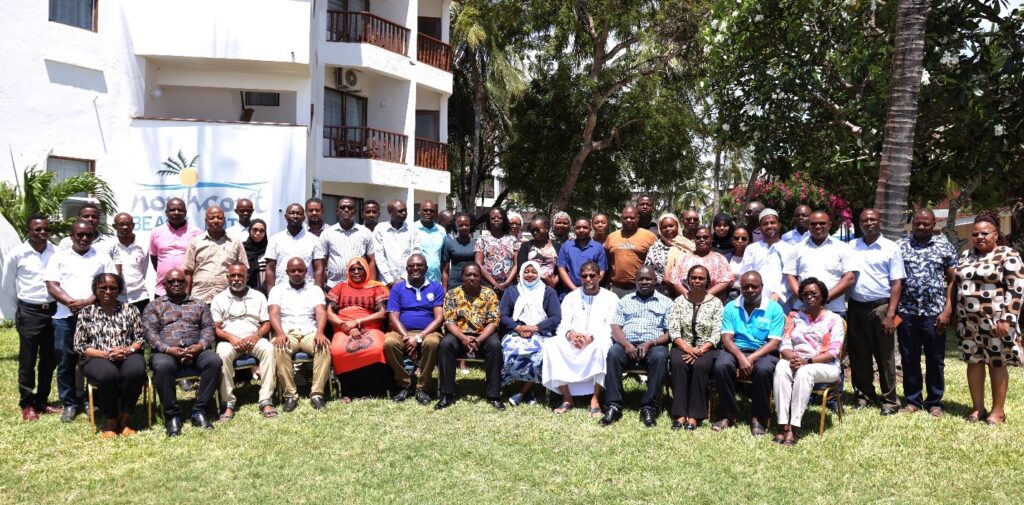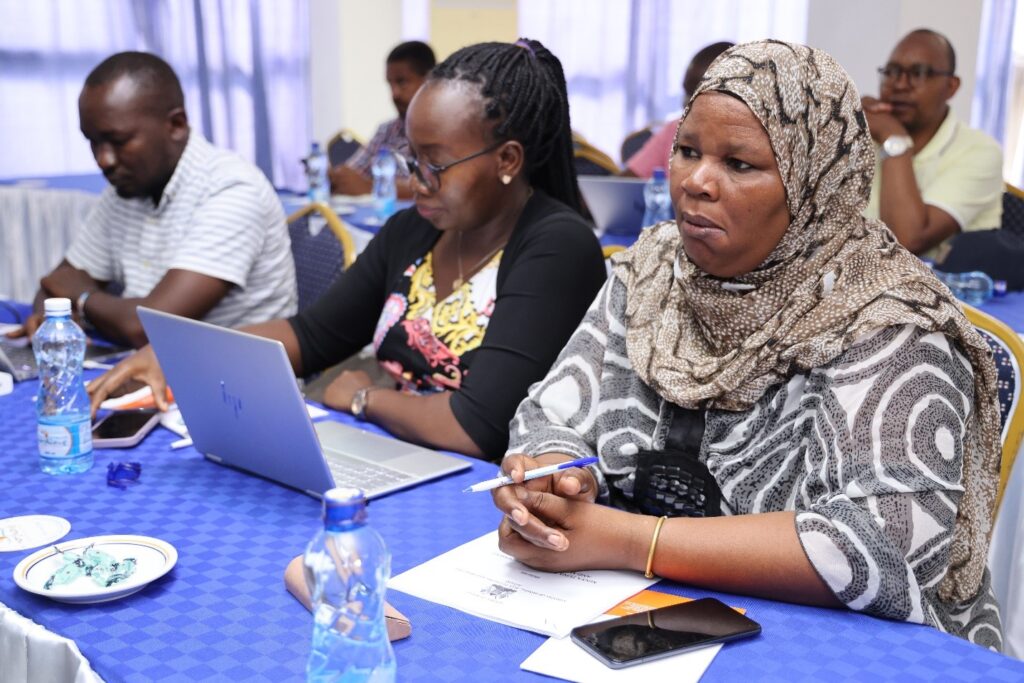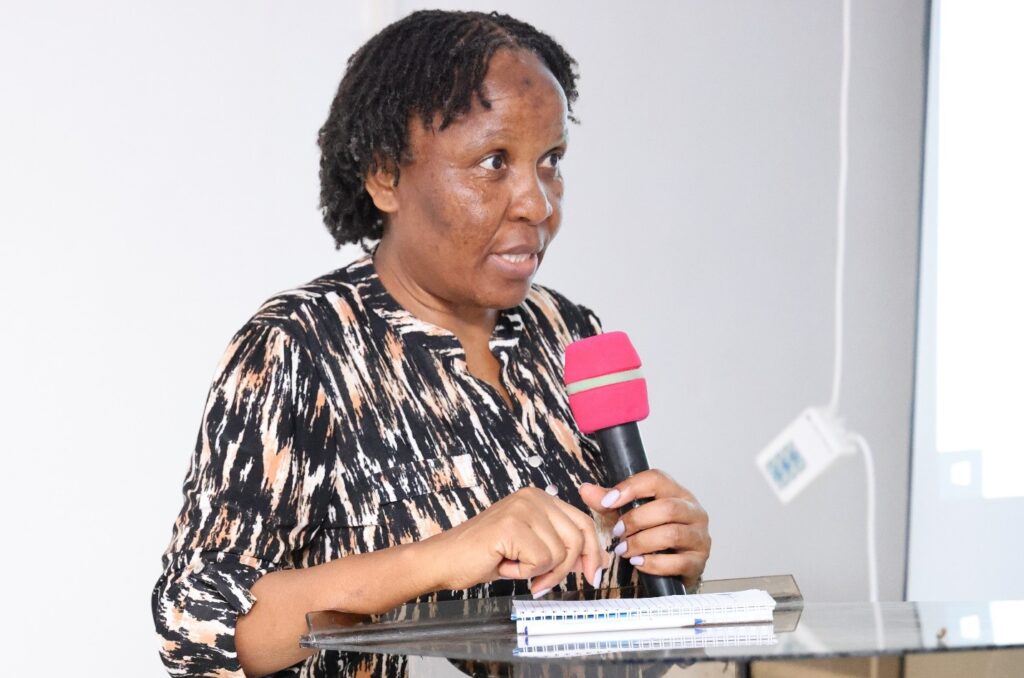Kenya’s new National Tuna Strategy has the potential to significantly boost the country’s economy through sustainable tuna fisheries in the Indian Ocean. With an estimated 76,200 metric tonnes of tuna available for harvest, the strategy could generate around Ksh22.9 billion, a largely untapped economic opportunity.
The strategy, currently nearing completion after a consultative meeting in Kilifi, aims to enhance governance in tuna fisheries, ensuring that institutional frameworks align with national, regional, and international regulations.
This initiative will support Kenya’s transition from traditional, artisanal fishing practices to modern, commercial operations, which is expected to fuel job creation, increase food security, and foster socio-economic growth.
The comprehensive approach includes developing a value chain that covers key aspects from fishing and governance to value addition and trade. This aligns with Kenya’s broader blue economy goals and policies, such as the Kenya Fisheries Management and Development Act, and highlights Kenya’s commitment to sustainable marine resource management.
The consultative meeting brought together leaders and specialists from government, academia, private sector, and civil society, reflecting the collective national and regional efforts towards a resilient and sustainable fisheries sector.
The consultative meeting was officially opened by Blue Economy and Fisheries Secretary Rodrick Kundu and addressed by Kenya Fisheries Service Director General Daniel Mungai, Fisheries Director Lucy Obungu and KEMFSED Deputy National Project Coordinator Susan Otieno.
“The Government is investing infrastructure for fish handling such as ports, procurement of fishing boats, and training young people to get job opportunities,” Mr Kundu said.
Mr Mungai said the participation of stakeholders had enriched the strategy and is critical in the process of transforming Kenya’s fisheries.
On her part, Ms Otieno said KEMFSED is supporting review of Kenya’s Tuna Strategy and other key policies to strengthen fisheries governance, ensuring a healthy ecosystem and livelihoods for future generations.
Also in attendance were county teams led by County Executive Members (CECMs) in charge of fisheries for Kilifi, Mombasa, Kwale, Tana River and Lamu.






